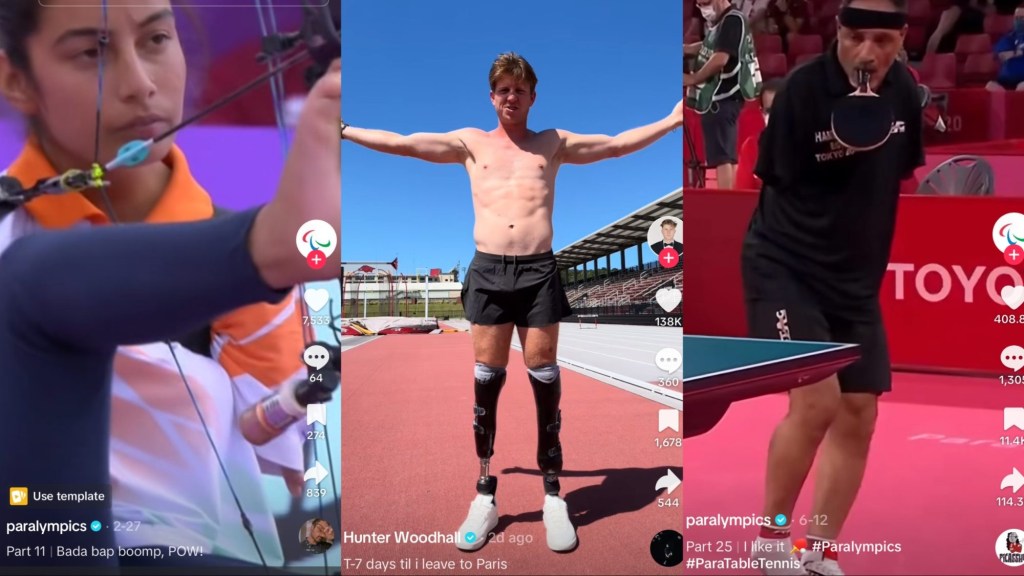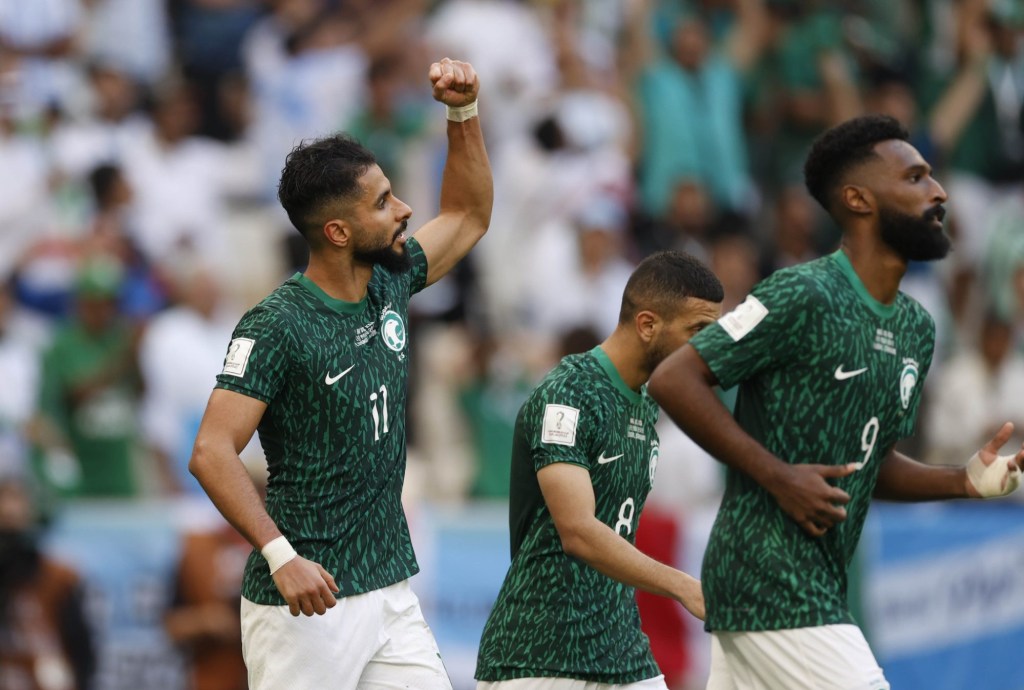The now-infamous split in pro golf widened further in recent weeks when the Saudi-backed LIV Golf Series landed Brooks Koepka, Phil Mickelson, Dustin Johnson, and Bryson DeChambeau.
This isn’t the first time a rival league has sought to challenge the incumbent — think of the first rendition of the USFL or the ABA. But we don’t have to go back that far to find an upstart association that actually pulled it off: the Indy Racing League.
The established Championship Auto Racing Teams (CART) was basically on par with NASCAR in terms of popularity when the IRL ran its first event at Disney World in January 1996.
CART officials and team owners didn’t publicly express much concern for what became the IndyCar Series. For one, it couldn’t even be called “IndyCar,” since CART put up a fight in court over the trademark, forcing the former to use the “Indy Racing League” until 2003.
Nevertheless, the IRL came out of the gates with an unbeatable showcase event — the Indianapolis 500 — and fans, teams, and sponsors chose sides. American open-wheel racing began a 12-year slump as NASCAR reached new heights.
Tony George Challenges CART’s Supremacy
CART had almost all the big-name drivers — Michael Andretti, Al Unser Jr., Jimmy Vasser, and Bobby Rahal — along with teams like Team Penske, Newman/Haas Racing, and Ganassi Racing, who lured in some serious sponsors.
The series had actually challenged Formula 1, helmed by British magnate and then-F1 boss Bernie Ecclestone, for worldwide open-wheel racing dominance in the 1990s. CART had expanded beyond North America and had even lured away Nigel Mansell, who went from winning the F1 title in 1992 to moving to CART the next year, where he secured that season’s title.
“Bernie was very, very worried, as was [NASCAR founder] Bill France,” author and veteran motorsports reporter Gordon Kirby said. “He was desperate to get Mansell back.”
- At the time of the split, Tony George was the head of the Indianapolis Motor Speedway, a track his family had owned since 1945.
- This meant George was in control of the Indianapolis 500 — literally, “The Greatest Spectacle in Racing.”
- Concerned that the sport had grown more fond of street and road races to the detriment of oval tracks like Indy, George was dismissed from CART’s board of directors — which sparked his initial concept for the IRL.
Ahead of the 1996 Indy 500, George proceeded to introduce an eight-car limit for CART teams who wanted to compete for the 33 spots. CART boycotted the race and started the U.S. 500, a crash-filled disaster that ran opposite the Indy 500 over Memorial Day weekend in 1996.
“The only way CART can survive is for everyone to stay together, and it wouldn’t be fair to go to Indy knowing only eight cars could make the race,” driver Michael Andretti told The Morning Call in September 1995. “If Tony chooses to stick with that format, we’re almost forced not to go.”
“Tony George played into Bill France and Bernie’s hands,” Kirby said. “The IRL helped both of them.”
Sponsors Pushed for Return to Indy
CART had the starpower, but that didn’t pay the bills, and team sponsors wanted back in at the famed 2.5-mile oval.
Whereas LIV currently lacks a showcase event and course, in its inaugural season the IRL had George’s Indy 500 and the influx of money from the 1994 addition of a NASCAR race at IMS to make the rival series work.
“I think everybody in the early years was hellbent on staying the course,” former longtime IndyCar Series executive Fred Nation told Front Office Sports. “The only way the series could do that was on the strength of the Indianapolis 500 and, secondly, the willingness of the Hulman-George family to invest in the sport.”
Target-sponsored Chip Ganassi Racing was the first CART team to end the boycott in 2000, and the team won with Juan Pablo Montoya behind the wheel. A year later, Marlboro-backed Team Penske secured the checkered flag when Helio Castroneves claimed the first of his record-tying four Indianapolis 500 titles.
Both teams would run full-time in 2002 in the IndyCar Series, with Roger Penske’s CART defection stinging an already faltering series.
“I don’t think Tony did anything wrong, or we did,” Penske told the Indianapolis Star. “People disagreed on maybe the mission and the future, but coming back in [2001] was the smartest thing we did.”
The End of The Split
So, how did the IndyCar Series succeed? Money, better TV deals, and the lure of the Brickyard.
With the Indy 500 as the lynchpin, the IndyCar Series continued to be carried by ABC and sister network ESPN in the years after the split. Meanwhile, CART lost ESPN as a broadcast partner before the 2002 season.
- The remnants of CART that became Champ Car appeared on several different networks, and the series had to often resort to buying air time and producing their own broadcasts in an attempt to stay relevant to sports fans.
- The Indy 500 and the series’ other races have been on NBC, other Comcast-owned networks, and Peacock exclusively since 2019.
- George, depending on the estimates, invested between $100M-$600M in the IndyCar Series in the decade after the split.
- After a falling out with the Hulman & Company board, George stepped down as the CEO of both IMS and IndyCar in 2009.
While the crowd sizes dipped for the Indy 500 in the years after the split, the race still remained a major draw. May’s Indy 500 drew in 325,000 fans, second to only the 100th edition in 2016 in attendance over the last 20 years.
The IndyCar Series effectively gained the upper hand well before CART filed for bankruptcy protection in January 2004.
CART was purchased out of bankruptcy and soldiered on as the Champ Car World Series until the two sides finally reunified in January 2008. Penske, who co-founded CART in 1978, purchased IMS and the IndyCar Series from Hulman & Company in 2019. While the price was not disclosed, estimates put it at around $300 million.
It’s only been a couple months since LIV Golf openly began making its run on PGA Tour talent — and it still doesn’t have a TV deal. But the Saudis have the money, backed by a national sovereign wealth fund valued at $600 billion.
“The whole golfing world needs to pay attention because they could do themselves terrible damage,” said Kirby, who is working on a detailed look at the rise and fall of U.S. motorsports.
“This whole thing about what happened to IndyCar racing should be a lesson for them.”

















